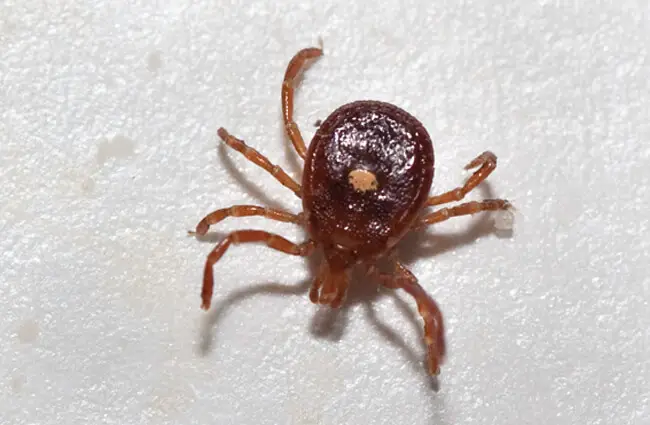

Tick larvae emerge from their eggs and, depending on the species, they may or may not be disease carriers at this early stage. These crab-like arthropods have four life stages-egg, larvae, nymph and adult-and most ticks prefer to have a different host animal at each stage of life. CDC The Life of a Tickĭespite our occasional suspicions that ticks only crave human blood (a frequent thought while I’m sitting up against a tree trunk during spring gobbler season), it turns out that most ticks will feed on most living animals, including birds, mammals, reptiles, and even a few amphibians.

With tick season right around the corner in most areas, we hope this tick-identification gallery will help you limit your risk and teach you a little more about these complex and creepy creatures. And while there are roughly 80 different tick species that can be found in the continental United States (and over 800 found worldwide), there are ten species that really stand out. Ticks have been documented transmitting a wide range of protozoan, bacterial, viral, and fungal pathogens to humans, pets, and livestock. These vampiric arachnids can be found across the globe, and many are responsible for transmitting disease.

Our love of the outdoors can bring us into contact will all sorts of unpleasant organisms, though few are as widespread as the tick.


 0 kommentar(er)
0 kommentar(er)
